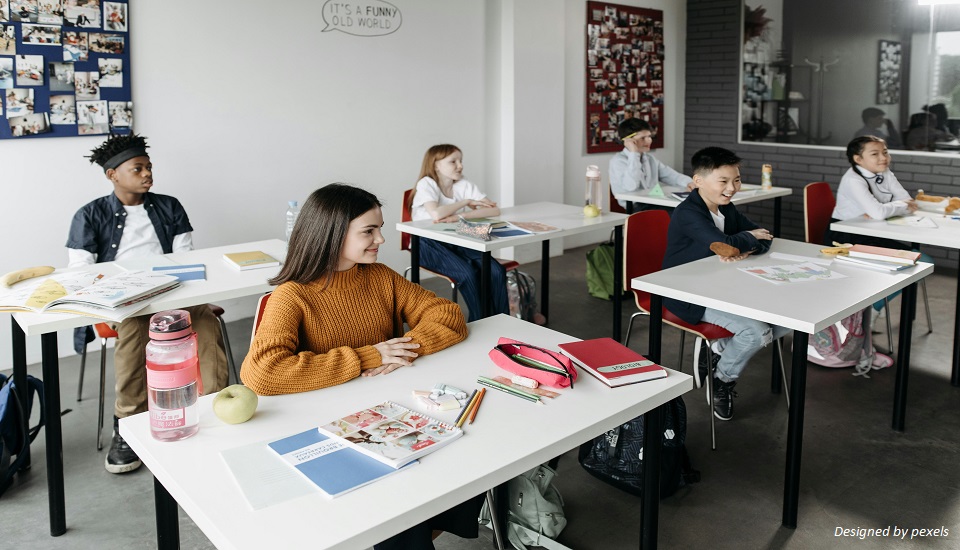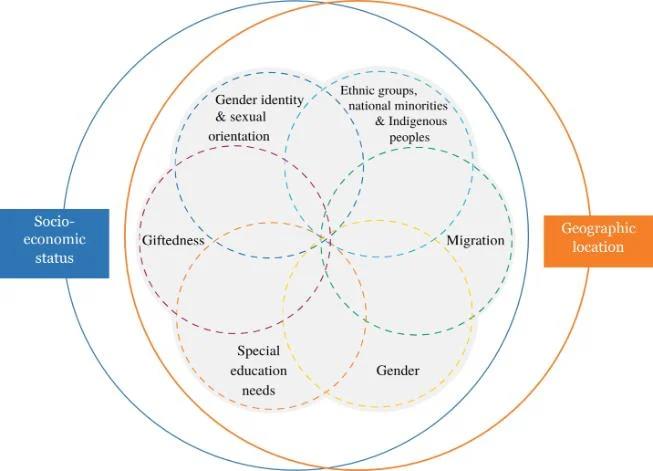Bridging the Gap: Achieving Equity in Special Education Through Cultural Understanding
20th April 2024

The ideal classroom environment should be where ever every student feels heard, seen, and valued regardless of their background. However, in this modern era as well, it’s not the case, especially for special education students.
Every child deserves the right to feel socially, emotionally, and physically safe not just in school but in their homes and community as well.
Well, the question arises- How you can achieve it?
The answer to all the questions is Cultural Competence. It’s the bridge that connects special education teachers with children from every background, which ensures that each child gets the necessary support and guidance to thrive in all aspects of their life.
By fostering cultural understanding and celebrating differences, special education teachers can unlock the true potential of every student, especially of special needs students which will ultimately create an equitable special education environment.
In this blog post, we will be exploring how cultural competence can transform every classroom into an inclusive sanctuary for special needs students, which ultimately empowers them to reach their full potential.
Before moving to the topic, can we ask you a question? Do you follow us on Social Media? We regularly share upgraded educational content, tips, feedback, and more. Check us out by clicking the profiles here - Facebook / Twitter / LinkedIn / Pinterest / Instagram / YouTube
So, without any further delay, let’s get started.
What is Cultural Competency?

Cultural competence is the ability to understand different cultures, languages, personalities, backgrounds, cognitive styles, behaviour, etc. Having cultural competence makes an individual understand different communicative principles, capable of learning from an inter-cultural environment and how to engage with various inter-cultural experiences.
This will help special education teachers to understand different cultures, diversity, and communities from which different children may belong to support them and guide them better to thrive in every aspect of their lives.
Learn, how you can prepare every school staff for Diversity, Equity, and Inclusion initiatives.
How To Foster Cultural Responsiveness and Diverse Learning Practices?
- Reflect On Your Own Background: As a responsible special education teacher you must reflect on your own background and culture because it influences you and form a certain kind of unconscious biases that impact negatively or positively on your special education classroom.
Every individual life perspective and biases are influenced by past educational experience, peers, family background, religions, etc.
Consider self-reflecting on your background and biases and if you have found any implicit biases, or negative presumptions about any background then must eradicate it by practicing a growth mindset.
- Become a Role Model: Once you have figured out your unconscious biases and overcome negative biases and presumptions then you become ready to build an inclusive and diversified classroom environment.
Become a role model not only in your special education classroom but in your community as well by understanding and empathizing with children from different backgrounds, behaviour, cognitive abilities, etc.
How To Create a Culturally Responsive Classroom Environment?
- Set Cultural Competency Committee: Start by assembling all the major stakeholders like- administrators, parents, support staff, caregivers, educators, community partners, and leaders and form a cultural competency committee.
- Strategize Planning: With all the stakeholders decide how you can implement cultural competence with set rules and principles, which every member needs to follow in the school to make the school environment culturally inclusive.
- Provide Training: Gather every member of the school to give them the training to build a culturally and diversified school environment. Topics you can choose to give training like-
-Every individual is special
-Treat each other with respect
-Understand and appreciate each other background (cognitive ability, family background, race, gender, etc)
- Monitor The Progress: After providing training related to cultural competence, the school needs to monitor and observe whether each member of the school from teachers to students is following the cultural competence rules and regulations or not.
Create an Inclusive and Diverse Environment For Special Education Students
In general, special needs children have a hard time in their every aspect of their life. Hover, as a responsible special education teacher, you can make their life easier by creating an accepting, welcoming, culturally diversified environment in school which will not only make them feel included but also improve their every aspect of life.
If you want to learn more effective strategies to support and guide better your special needs students, then consider SEN Live Online Workshop, where you will get assistance from top expert trainers who will also help you to become an effective special need educator.
We believe education should be accessible for everyone. That’s why we don’t charge for our blogs. Find the right course that will help you in your career with us, contact us at +6621056101. You can mail us at act@asiancollegeofteachers.com

